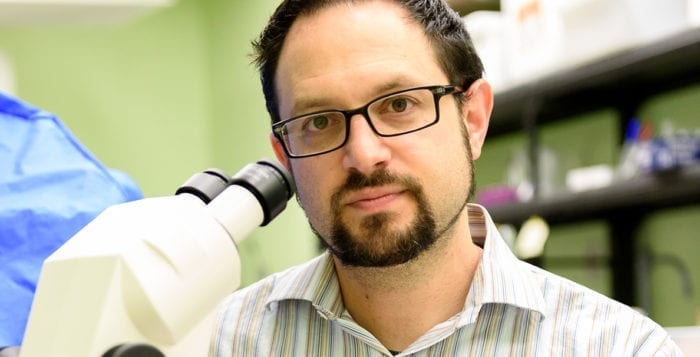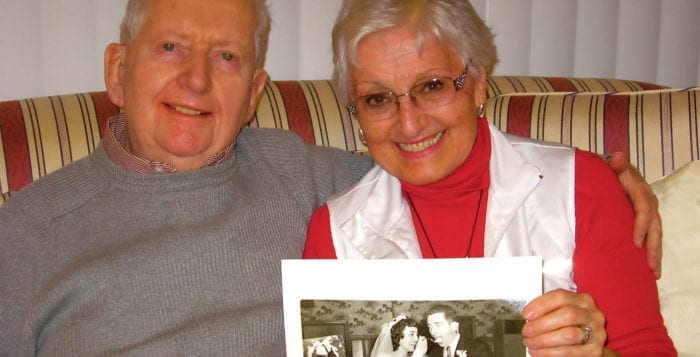Huntington’s future just got a little greener, as the town recently earned the state’s Clean Energy Community designation.
The label is part of a New York State Energy Research and Development Authority initiative to encourage towns to implement clean energy actions, save energy costs, create jobs and improve the environment. In addition to providing tools, resources and technical assistance, the program recognizes and rewards leadership for the completion of clean energy projects. The designation also means Huntington is eligible to apply for $250,000 in state funding that can be applied to future energy projects.
“Huntington has long been committed to leading by example in undertaking energy conservation measures and promoting clean energy initiatives,” Town Supervisor Frank Petrone (D) said in a statement. “We appreciate this recognition from NYSERDA and look forward to implementing other projects that would be made possible by the state funding.”
The initiative involves a partnership between NYSERDA and PSEG Long Island. Huntington is the second municipality on Long Island following Smithtown and the sixth statewide to receive the designation, which requires a municipality to complete four of 10 clean energy actions, at least two of them after Aug. 1, 2016.
John Rhodes, NYSERDA’s president and CEO, praised Huntington on its efforts.
“Congratulations to the Town of Huntington on this important achievement and for helping to galvanize the local community to reduce energy use and improve the environment,” he said in a statement. “Communities are central to the state’s clean energy efforts under Gov. [Andrew] Cuomo’s [D] Reforming the Energy strategy, which is building a cleaner, more resilient and affordable energy future for all New Yorkers.”
In order to qualify, Huntington established a solar program, set up training protocol for energy code enforcement, and started including electric vehicles in the town’s fleet of cars.
The Solarize Huntington program helps homeowners utilize solar energy to save on utility costs, and is supported by the United States Department of Energy’s Sunshot Rooftop Solar Challenge. It includes a group purchasing and community education program that provides guidance on the process of installing solar residentially and features a discounted quote for town residents from Direct Energy Solar, a Ronkonkoma-based solar energy supplier. Huntington has utilized solar energy at town hall with the installation of solar panels, and has installed a net-zero solar-powered electric vehicle charging station at the Huntington Station Long Island Rail Road station parking garage.
The town board also amended town code to fast track approval of solar installation permits and to adopt the New York State Unified Solar Permit to reduce costs and delays for solar projects.
As for energy code enforcement, town code compliance officers and other town officials were trained in the best practices in energy code enforcement, including collaborative plans, reviews and joint on-site inspections of local construction projects.
The town also leased a 2017 Chevy Volt plug-in hybrid electric vehicle, and purchased a Level 2 electric charging station double pedestal for charging cars. One of the two pedestals in the charging station, which will be installed at town hall, will be used for the town-owned vehicle, and the other will be available to the public.
Huntington is also the first municipality on Long Island to adopt the Climate Action Plan, a road map to improve energy efficiency, reduce greenhouse gas emissions and to mitigate and adapt to the negative effects of climate change. Former President Barack Obama (D) introduced a Climate Action Plan for the United States as from June 2015.







 Able Healthcare
Able Healthcare























